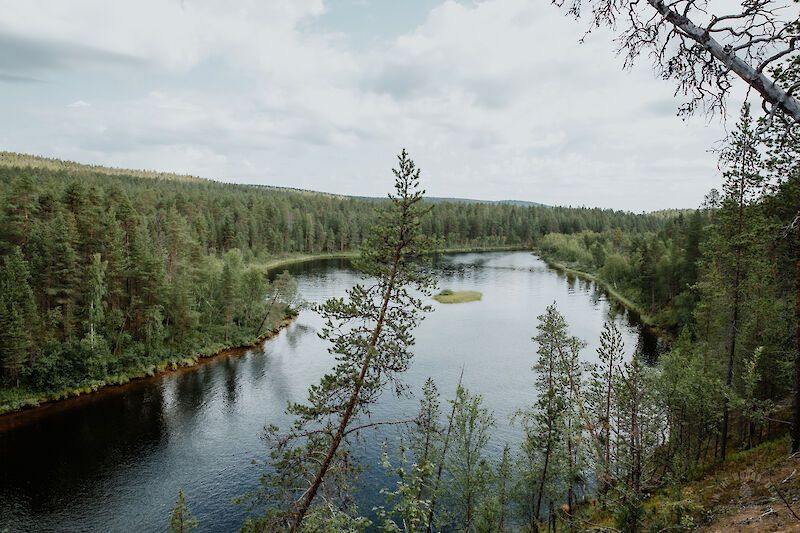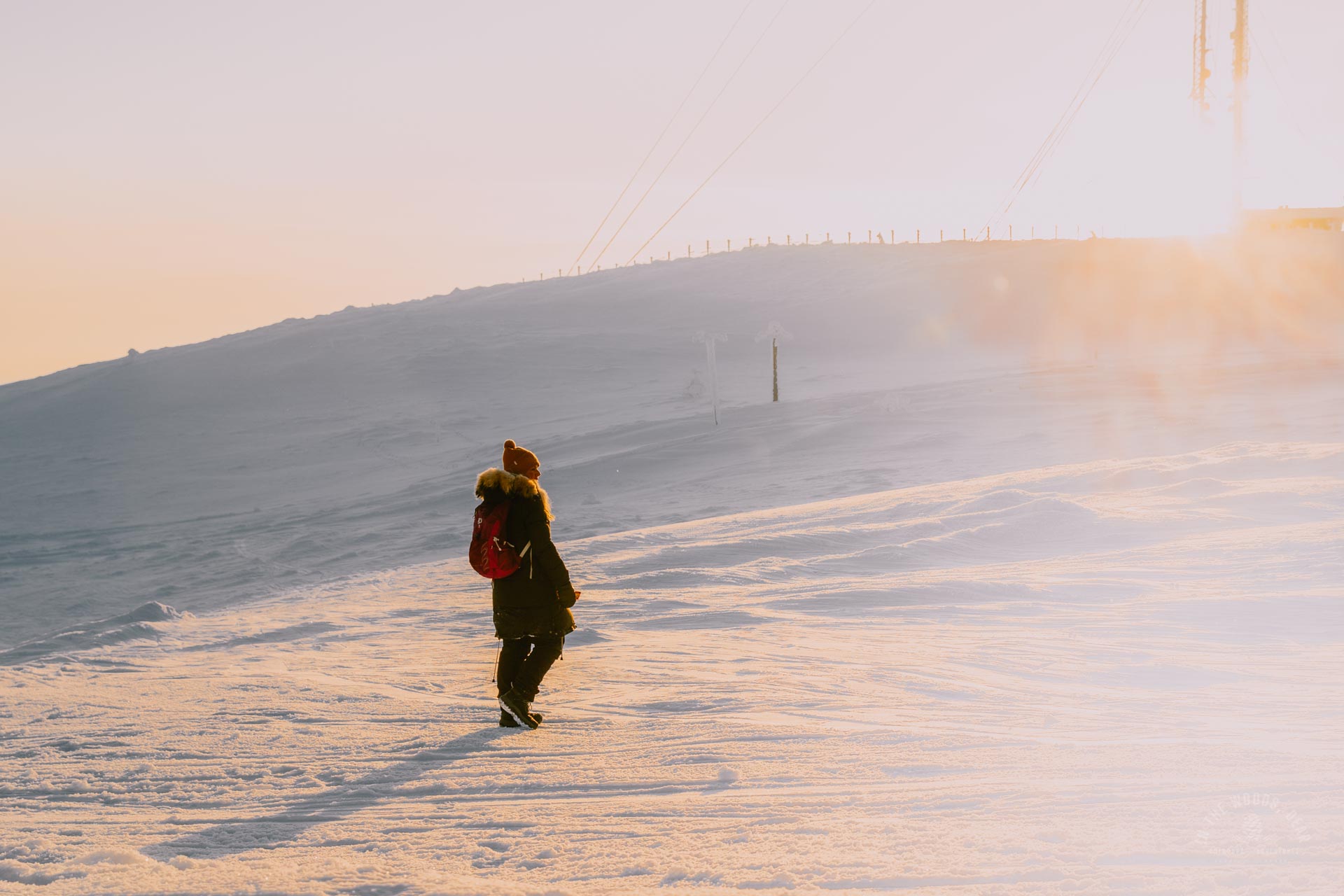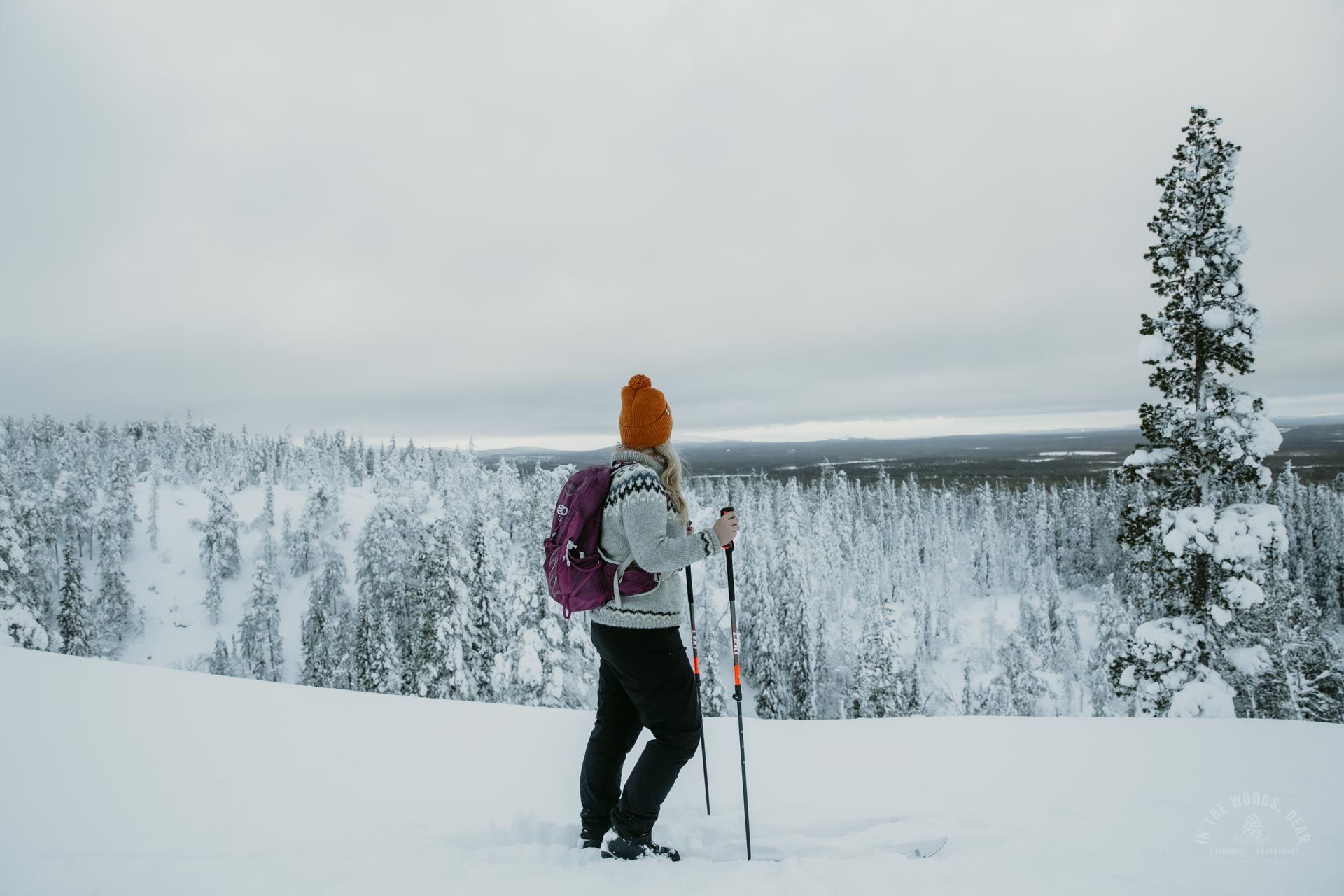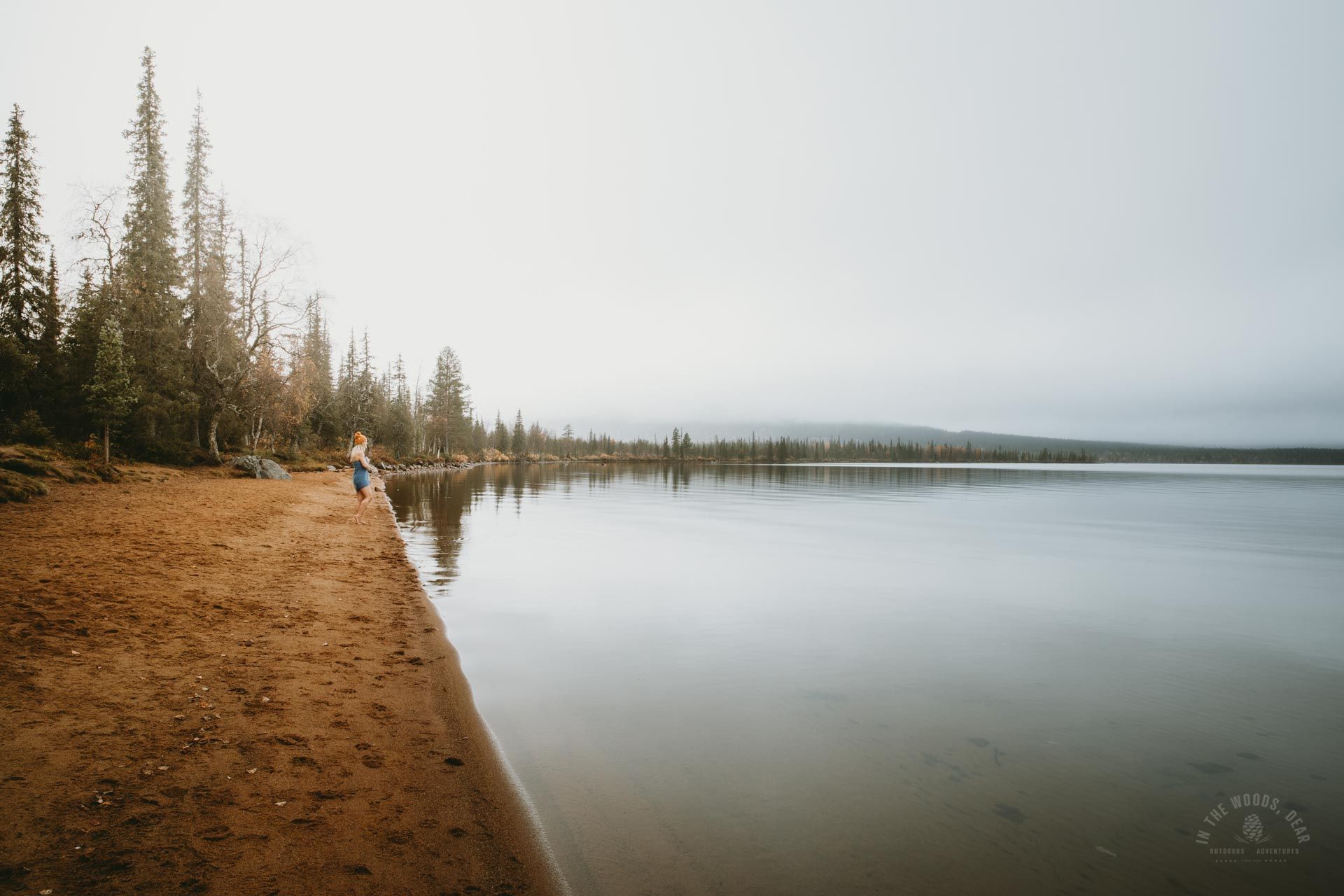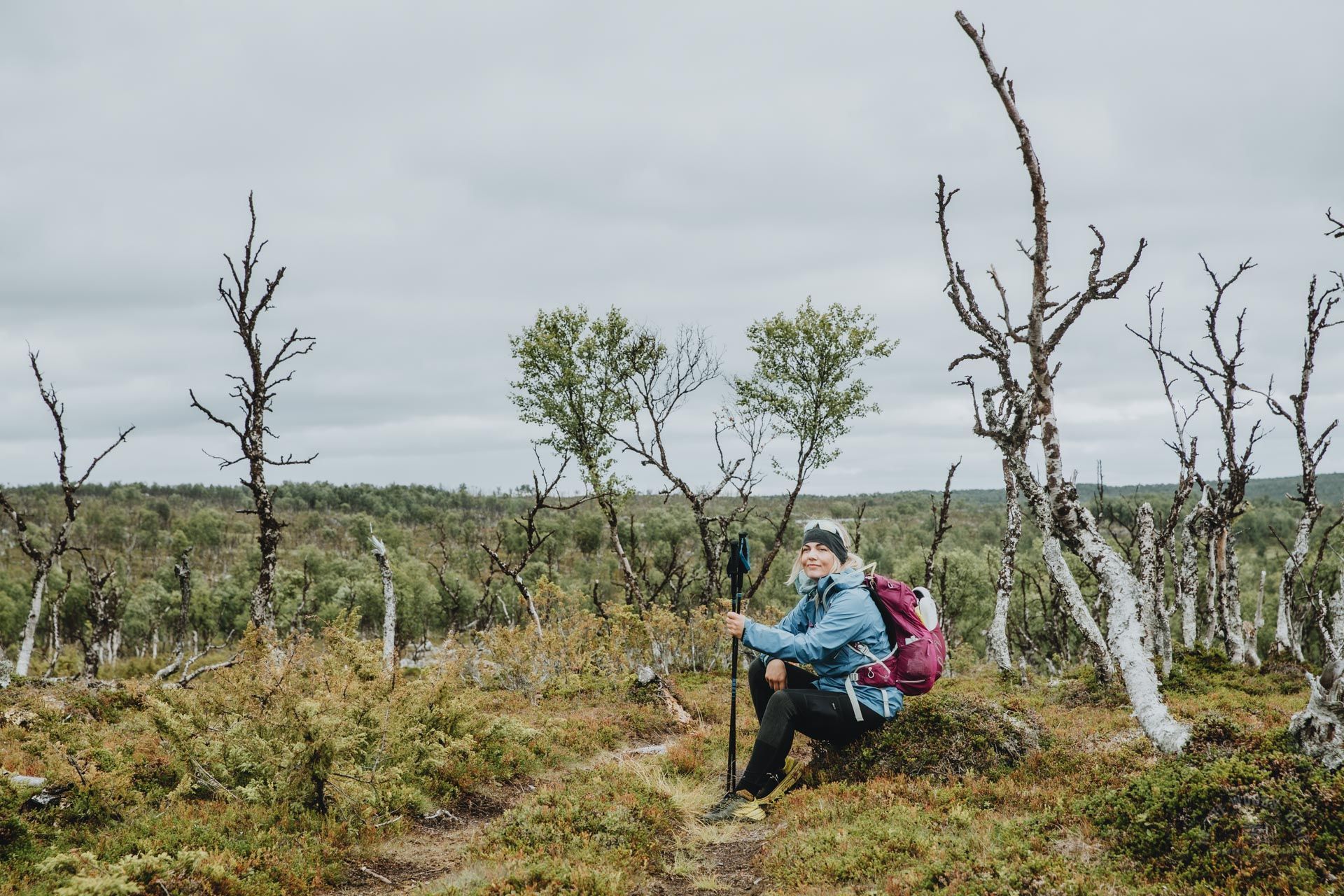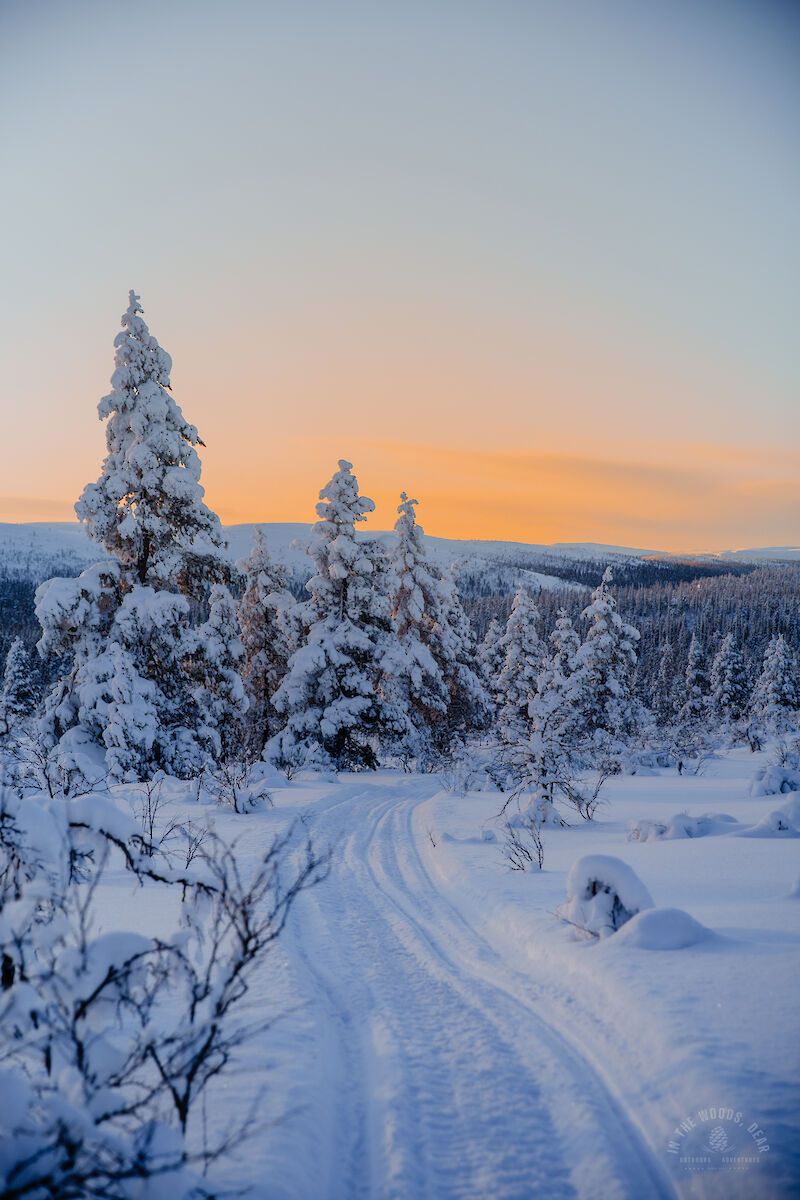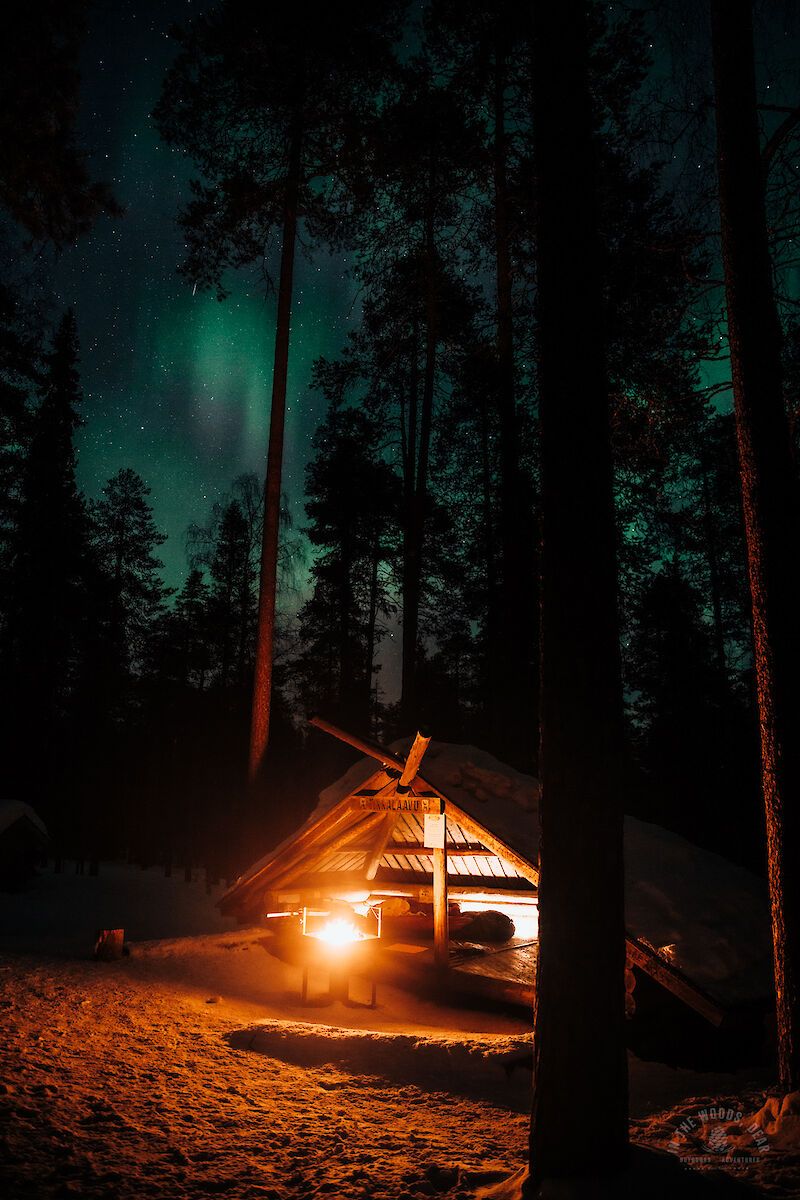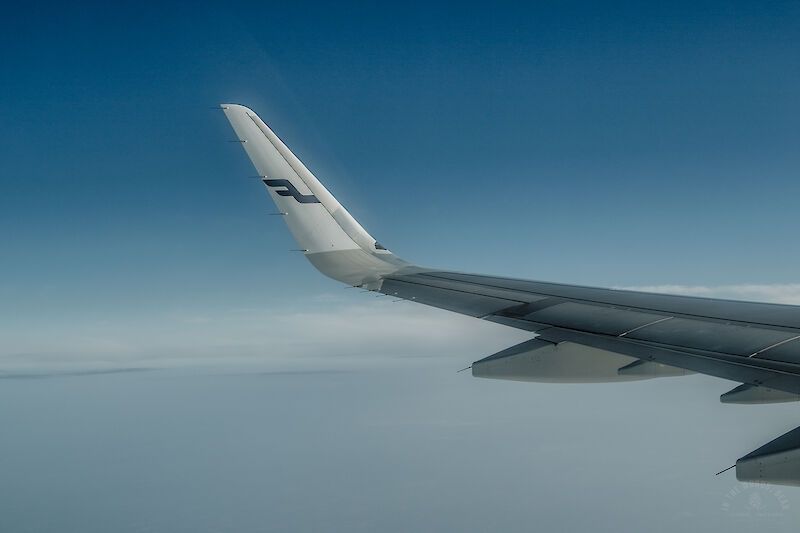Lapland - Finnish Lapland
Lapland - articles
Pyhä Winter Trails: Hiking to the Top of Pyhä
Pyhä Ski Resort is located in Finland's southernmost great fell area in Central Lapland. Pyhätunturi fell’s highest peak is called Kultakero. In winter you can admire the sparkling white crown snow…
Pyhä Cross-Country Skiing Trails: Karhunjuomalampi Skiing Tour
Pyhä-Luosto National Park in Central Lapland, is the southernmost great fell area in Finland. It includes the oldest national park in Finland: Pyhä was established already in 1938. During winter, you…
Backpacking in Lapland in Autumn: Muotkatunturi Wilderness Area
Muotkatunturi wilderness in Northern Lapland is the most wilderness-like area in Finland. The wilderness area is located in Utsjoki and Inari counties. There are around a hundred fells in…
Hiking in Beautiful Kevo Nature Reserve in Lapland
Kevo Strict Nature Reserve in Utsjoki is one of the most rugged hiking destinations in Lapland, Finland. In the heart of the nature reserve there's almost a 40 km Kevo canyon with River Kevojoki…
Hiking in Lapland: Lake Pallasjärvi & Punainenhiekka
Lake Pallasjärvi is located in Western Lapland in Finland, at the border of Kittilä and Muonio. The beautiful lake with red sand beach is in Pallas-Yllästunturi National Park, on the…
Kilpisjärvi Trails in Lapland - Saana Fell
Saana fell in Kilpisjärvi Lapland is one of the highest and most popular fells in Finland. It is located in Käsivarsi area in Enontekiö region. There are two great trails: The Saana Summit…
Kilpisjärvi-Halti Trail 2/2: Rain, Fog and Endless Boulders
Halti is the highest fell in Finland with the peak, Háldičohkka, at 1324 m above the sea level. The trail to Halti from Kilpisjärvi, the Arctic Trail or Nordkalott Trail, is the most popular route to…
Sevettijärvi-Pulmanki Trail: Solo Run Through Kaldoaivi Wilderness
The Sevettijärvi-Pulmanki Trail is the most popular hiking trail going through Kaldoaivi wilderness. Kaldoaivi is the largest wilderness area in Finland. The 2924 sq.km wilderness area is located in…
Travel in Lapland
Rovaniemi - the gateway to Lapland
Rovaniemi is the largest city in Lapland and is especially known as the home town of Santa Claus. For many tourists, it serves as a centre of arrival and departure, combining northern nature, culture and modern services. The Ounasvaara trails are easily accessible in the vicinity of the city, and Rovaniemi is well connected to all parts of Lapland.
Western Lapland - Ylläs, Levi and Pallas
Fell peaks, extensive forest areas and ski resorts make this region a versatile tourist destination all year round. Levi and Ylläs are known for winter sports, but in summer the area has a wide network of trails for hiking, mountain biking and trail running. Pallas-Yllästunturi National Park offers peace and quiet and classic Lapland landscapes (e.g. Keimiötunturi or Kukastunturi). Kittilä has an airport.
Eastern Lapland - Saariselkä, Inari and Urho Kekkonen National Park
Sámi cultural area and one of the most wilderness areas in Lapland. Lake Inari, the fells and the Urho Kekkonen National Park make the area a popular hiking destination. Saariselkä and Kiilopää offer hikes, trails and services all year round. Northern lights spotting and visits to reindeer farms are particularly popular in winter. Inari is home to the Sámi Museum and Nature Centre Siida. Ivalo Airport is the gateway to the area.
Central Lapland - Pyhä, Luosto and Sodankylä
The quieter Lapland of the southernmost great fells, where the Pyhä-Luosto National Park, the mires and rocky landscapes form a scenic area. Pyhä is particularly famous for the rugged Isokuru, and at Luosto you can visit an amethyst mine. The Sodankylä and Kemijärvi areas provide a good base for nature excursions, such as Sallatunturi and Tuntsa wilderness. Ruka and Riisitunturi are also quite near.
Fell Lapland - Kilpisjärvi and Enontekiö
The wilderness area of Northern Lapland, home to Halti, Finland's highest fell peak. The area is popular with hikers: the Malla Nature Park, Saanatunturi and Hetta-Pallas are classic routes. Here nature is rugged, treeless and vast - the landscape stretches to the horizon.
